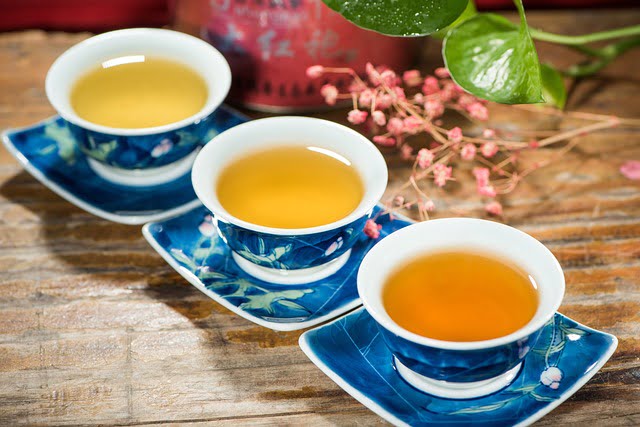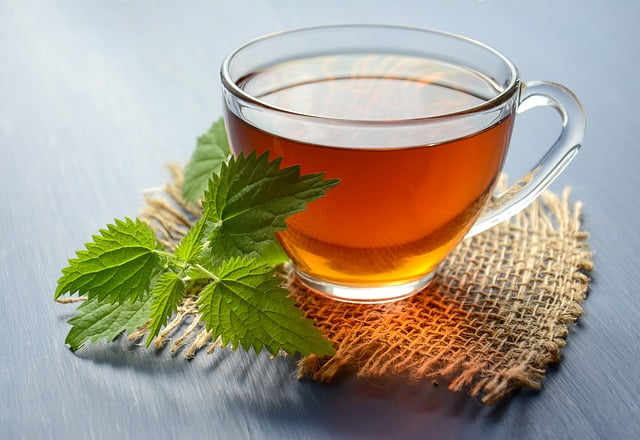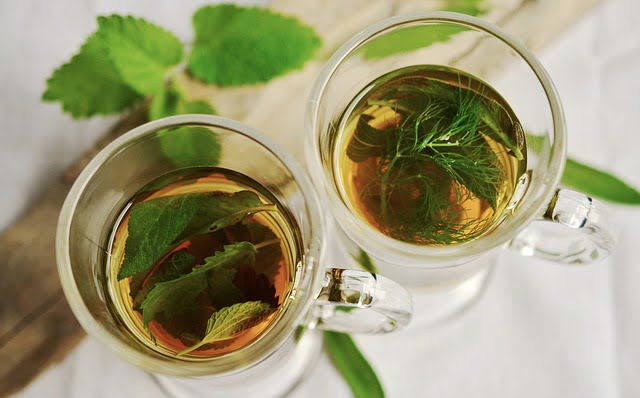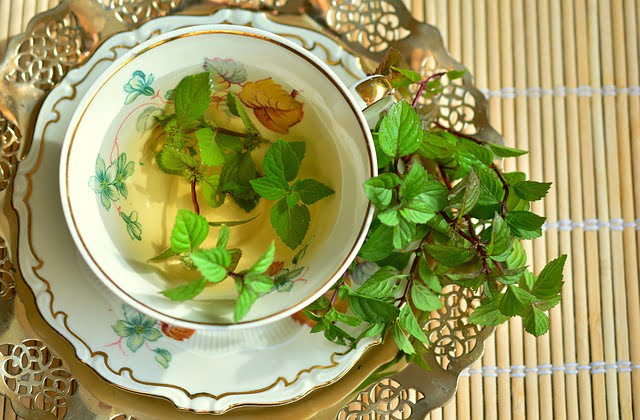You Need to Know About Different Types of Tea
Nature WorldWide November 13, 2023 0
In a world buzzing with coffee aficionados and energy drinks, the subtle and diverse world of tea often takes a backseat. However, tea, with its rich history and myriad flavors, offers a beverage experience that goes beyond a simple infusion of leaves in hot water. In this blog post, let’s embark on a journey through the fascinating universe of tea, exploring its different types, unique characteristics, and the cultural tapestry it weaves.
Camellia Sinensis: The Tea Plant:

All true teas come from the leaves of the Camellia sinensis plant. The various types of tea are a result of different processing methods and levels of oxidation. Here are the primary categories:
Green Tea:
Unoxidized and minimally processed, green tea retains its vibrant color and delicate flavor. Popular varieties include Sencha, Matcha, and Dragon Well.
Read More: Therapy in Nature: 8 Mental Health Benefits of Nature Exposure
Black Tea:
Fully oxidized, black tea boasts a robust flavor profile and a dark, rich color. Assam, Darjeeling, and Earl Grey are well-known examples.
Oolong Tea:
Partially oxidized, oolong tea falls between green and black teas in terms of oxidation and flavor. Tie Guan Yin, Dong Ding, and Formosa Oolong exemplify the diversity of this category.
White Tea:
The least processed tea, white tea undergoes minimal oxidation. Silver Needle and White Peony are celebrated varieties with delicate, nuanced flavors.
Herbal Infusions: Beyond Camellia Sinensis:

While not officially categorized as true tea, herbal infusions, alternatively known as tisanes, are treasured for their wide-ranging flavors and potential health advantages. Crafted from an assortment of dried herbs, fruits, flowers, and spices, these infusions offer a delightful alternative to traditional teas. Some popular choices include:
Chamomile:
Famous for its soothing qualities, chamomile tea is a popular choice to promote relaxation and improve sleep.
Peppermint:
Peppermint tea, recognized for its rejuvenating and energizing properties, is highly valued for its healing properties and potential digestive benefits.
Read More: 5 Elements of Nature and Their Relation With the Human Body
Hibiscus:
Also called blue tea, the brightly colored hibiscus tea is enjoyed in both hot and cold forms and is celebrated for its rich antioxidant content.
Ginger Turmeric:
A warming and immune-boosting infusion, ginger turmeric tea combines two powerful roots for a flavorful and healthful brew.
Cultural Significance:

It is a cultural phenomenon woven into the fabric of societies around the world. Each type of tea carries with it a history, a set of rituals, and a unique place in various cultures:
Japanese Tea Ceremony:
The meticulous preparation and consumption of matcha in a traditional Japanese tea ceremony embody harmony, respect, purity, and tranquility.
Read More: How Does Nature Impact Our Wellbeing
British Afternoon Tea:
A quintessential part of British culture, afternoon tea involves sipping on black tea accompanied by dainty sandwiches, scones, and pastries.
Chinese Gongfu Cha:
In China, the Gongfu Cha ceremony focuses on the careful brewing of tea, emphasizing skill and precision in the preparation and appreciation of the beverage.
Health Benefits:

From antioxidant properties to aiding digestion, different types of tea offer various healthful compounds that contribute to overall well-being.
Green Tea and Antioxidants:
Green tea contains catechins, powerful antioxidants believed to contribute to heart health and reduce the risk of specific cancers.
Black Tea and Heart Health:
Studies suggest that the polyphenols in black tea may contribute to cardiovascular health by promoting healthy blood vessel function.
Read More: How Can We Live A Better Life With The Help Of Nature
Herbal Teas for Wellness:
Herbal teas stand as versatile elixirs, offering a spectrum of therapeutic properties. Let’s delve into the vibrant world of herbal teas and discover how they can be potent allies in our journey toward a healthier and more balanced life.
Conclusion:
As you navigate the world of tea, consider it not just a beverage but a sensory experience that spans cultures, traditions, and flavors. Whether you’re seeking a moment of tranquility with a delicate green tea or a bold awakening with a robust black brew, the world of tea invites you to explore, sip, and savor the diverse and rich tapestry it unfolds before you.




